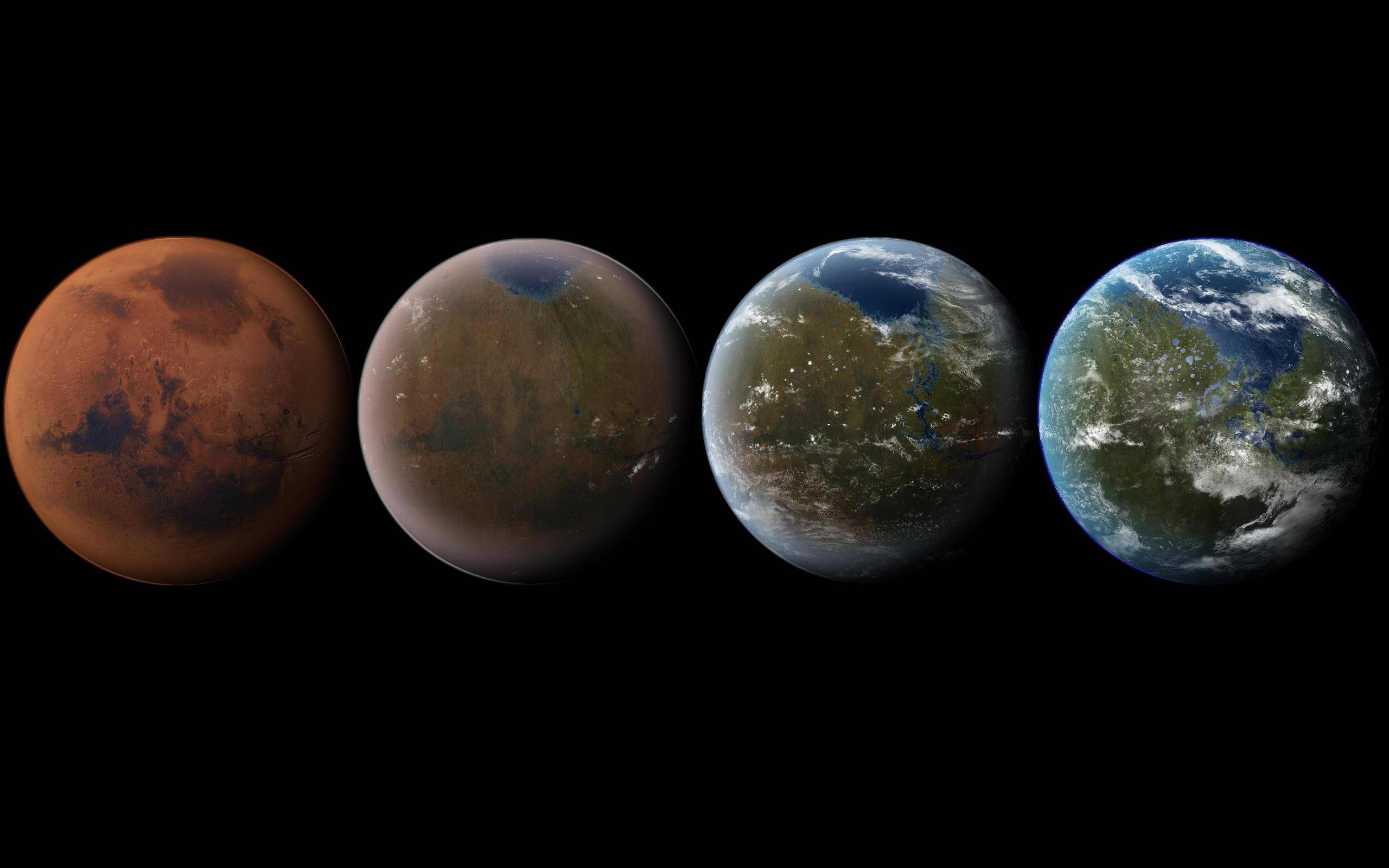Space-based telescopes are remarkable. Their view isn’t obscured by the weather in our atmosphere, and so they can capture incredibly detailed images of the heavens. Unfortunately, they are quite limited in mirror size. As amazing as the James Webb Space Telescope is, its primary mirror is only 6.5 meters in diameter. Even then, the mirror had to have foldable components to fit into the launch rocket. In contrast, the Extremely Large Telescope currently under construction in northern Chile will have a mirror more than 39 meters across. If only we could launch such a large mirror into space! A new study looks at how that might be done.
Continue reading “Future Space Telescopes Could be Made From Thin Membranes, Unrolled in Space to Enormous Size”Future Space Telescopes Could be Made From Thin Membranes, Unrolled in Space to Enormous Size










